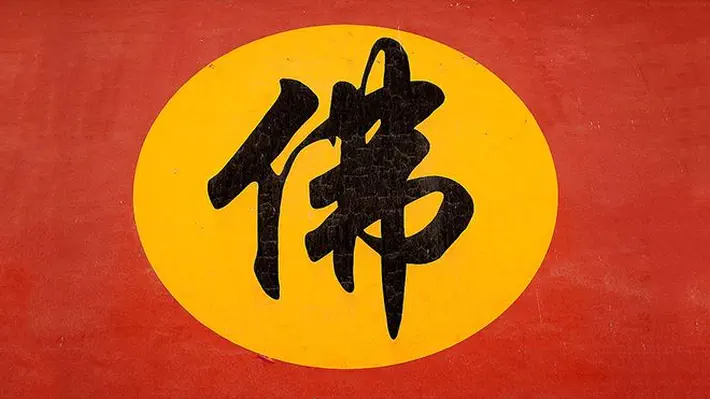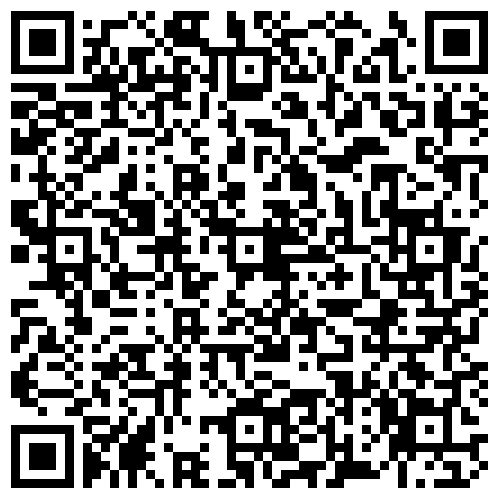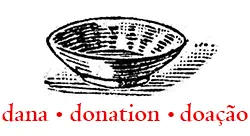 Wikipedia
WikipediaChinese translation theory
Oh, that's why Chinese stuff sounds so different than Tibetan, Sanskrit and Pali sources. Even though I completely understand their motivations--they require more than a just skillful translator, a similarly spiritually realized translator. Did they had lots of that or just turned dharma into Chinese thinking? Well, let's hope (and concede) not the latter. Translation is like chewing up rice and feeding it to people (嚼飯與人).
 Wikipedia
WikipediaChinese Pidgin Influence on English
Certain expressions from Chinese English Pidgin have made their way into colloquial English, a process called calque. The following is a list of English expressions which may have been influenced by Chinese.
 Wikipedia
WikipediaGeyi (Categorizing Concepts)
Geyi originated as a 3rd-century Chinese Buddhist method for explaining lists of Sanskrit terms from the Buddhist canon with comparable lists from Chinese classics; but many 20th-century scholars of Buddhism misconstrued geyi “matching concepts” as a supposed method of translating Sanskrit technical terminology with Chinese Daoist vocabulary (such as rendering Śūnyatā “emptiness” with Wu 無 “without”). This reputed geyi “matching concepts” or “matching meanings” definition is ubiquitous in modern reference works, including academic articles, textbooks on Buddhism, dictionaries, encyclopedias, and Web-based resources. Mair (2012:30) discovered that geyi was a “highly ephemeral and not-very-successful attempt on the part of a small number of Chinese teachers to cope with the flood of numbered lists of categories, ideas and so forth (of which Indian thinkers were so much enamoured) that came to China in the wake of Buddhism.”

Grupo de Whatasapp (apenas anúncios)
todo conteúdo, design e programação por Eduardo Pinheiro, 2003-2024
(exceto onde esteja explicitamente indicado de outra forma)






